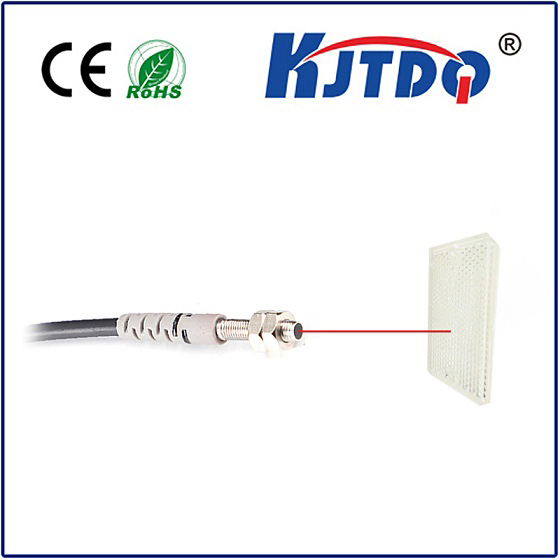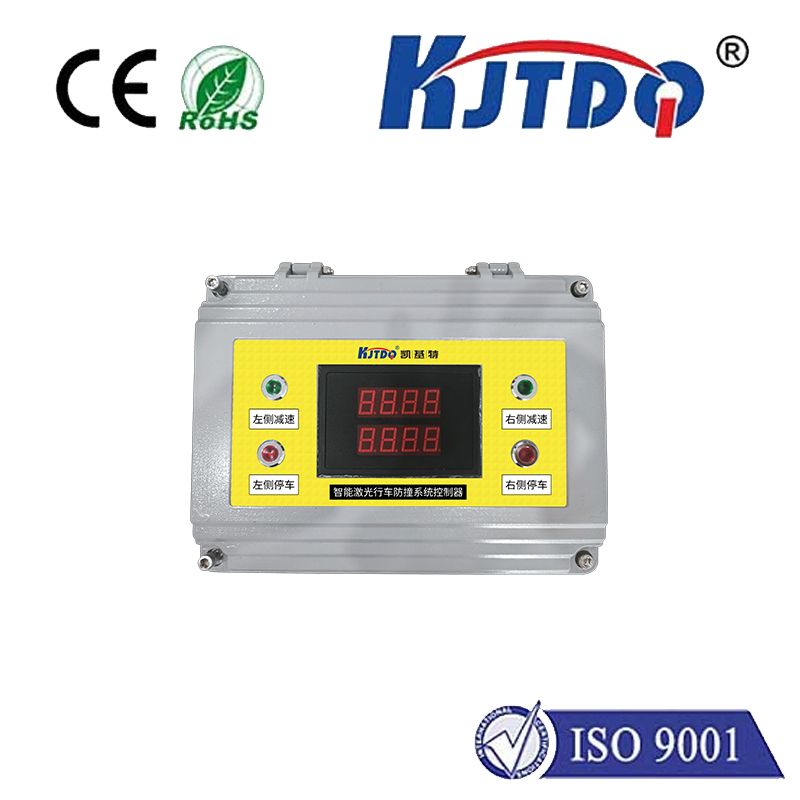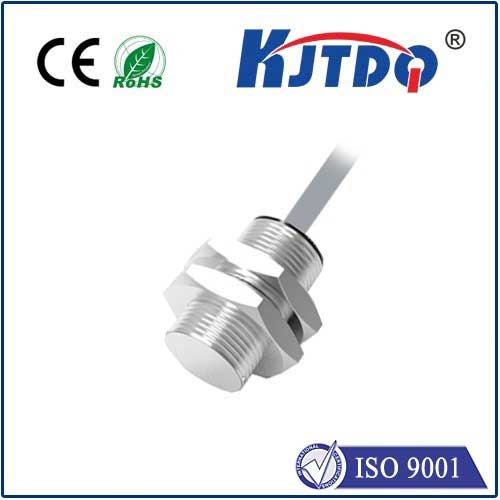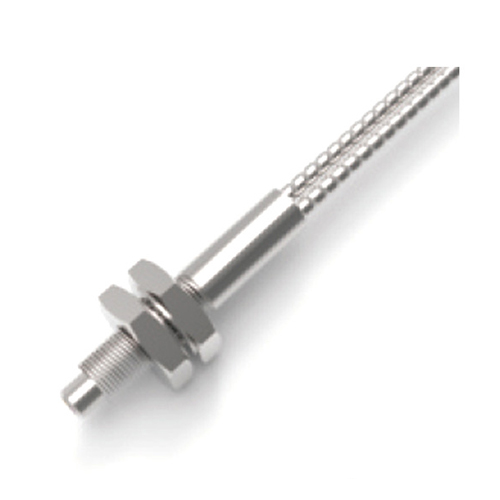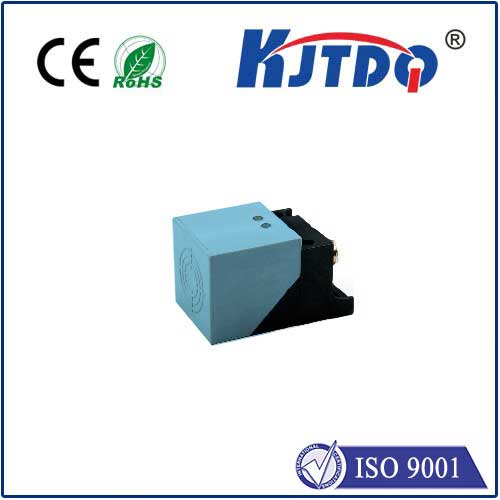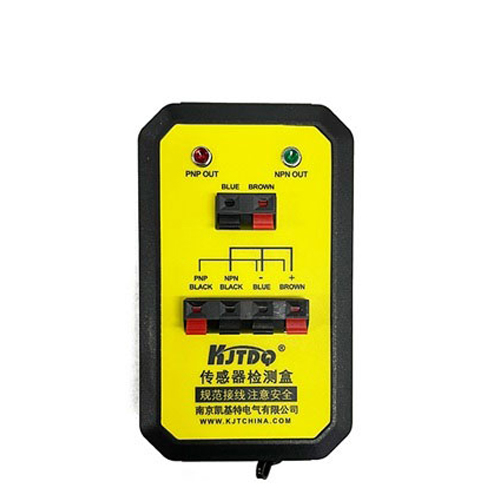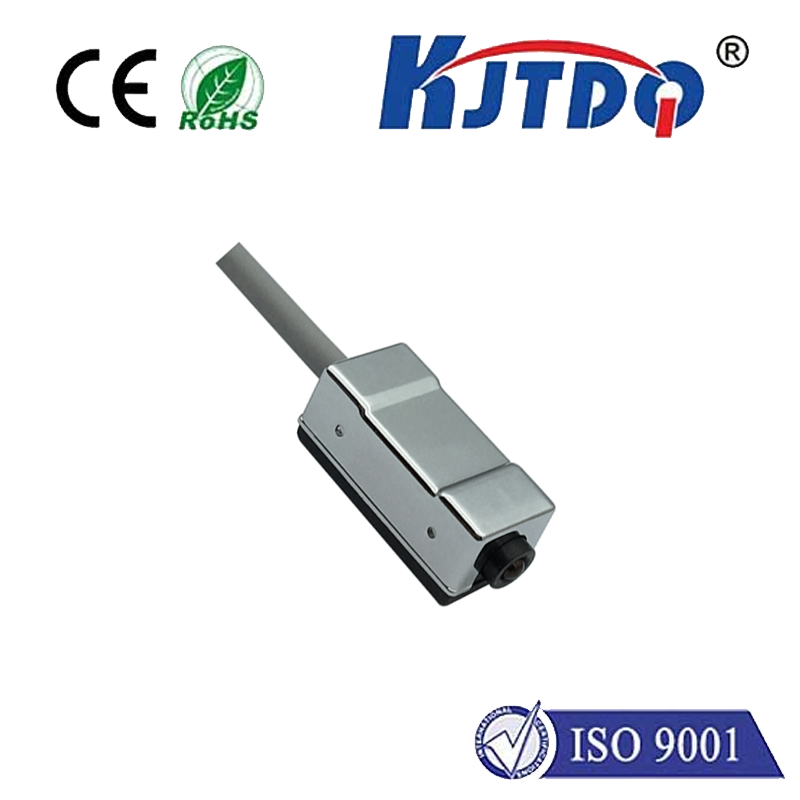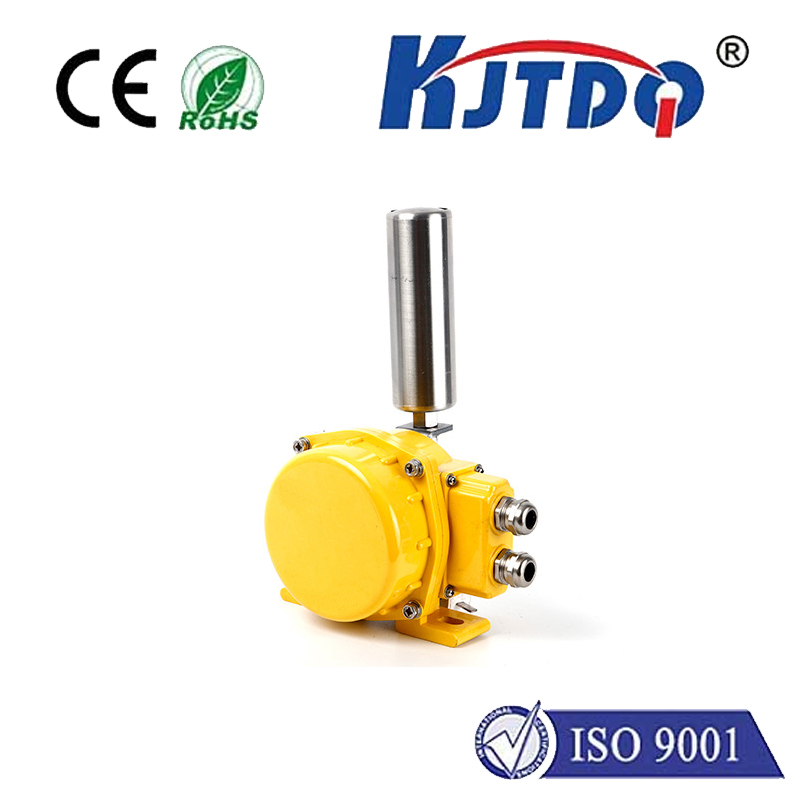

check

check

check

check

check

check

check

check

check

check
In modern technology, the role of induction sensors cannot be underestimated. These small yet powerful devices have revolutionized the way we measure and control various parameters in electronic systems. This article will delve into the functionality and applications of induction sensors, highlighting their importance in various fields such as automotive, aerospace, and industrial automation.
Section 1: Introduction to Inductance Sensors
An induction sensor is a non-contact electrical device that uses the principle of electromagnetic induction to detect a change in magnetic field strength. It consists of two parts: a coil and a magnet. When an alternating current (AC) flows through the coil, it induces a magnetic field around the coil. If there is a magnetic flux reversal within the coil, it will create a voltage difference between the coil and the reference terminal. This voltage difference is proportional to the change in magnetic field strength and can be used to measure various parameters such as position, velocity, and acceleration.
Section 2: Functionality of Inductance Sensors
The functionality of induction sensors lies in their ability to detect changes in magnetic field strength accurately and quickly. They offer several advantages over other sensors such as high sensitivity, fast response time, and immunity to external interference. Additionally, they are non-invasive, making them ideal for use in hazardous environments such as nuclear power plants and chemical processing facilities. Furthermore, induction sensors are versatile and can be used in different configurations depending on the application requirements. For example, they can be mounted on flat or cylindrical surfaces, and their signal can be output in different formats such as analog or digital.
Section 3: Applications of Inductance Sensors
Induction sensors find applications in various industries such as automotive, aerospace, and industrial automation. In the automotive industry, they are used for monitoring vehicle speed, engine performance, and tire pressure. In the aerospace industry, they are used for measuring altitude and speed of aircraft, as well as for detecting structural damage during maintenance missions. In industrial automation, they are used for monitoring process variables such as temperature, pressure, and level. Moreover, they are also used in robotics for sensing and controlling movements.
Section 4: Advantages of Inductance Sensors over Other Sensors
Compared to other sensors such as piezoresistive and resistive sensors, induction sensors offer several advantages including high accuracy, fast response time, and immunity to environmental influences. Additionally, they require minimal maintenance and can operate continuously without losing accuracy over time. Furthermore, their small size and low cost make them attractive options for embedded systems and IoT applications.
Section 5: Conclusion
In summary, induction sensors are essential components of modern technology that enable accurate and reliable measurement of various parameters. Their versatility and functionality make them suitable for use in various industries and applications. As technology continues to evolve, we can expect further developments in induction sensor technology that will enhance their performance and capabilities even further.
